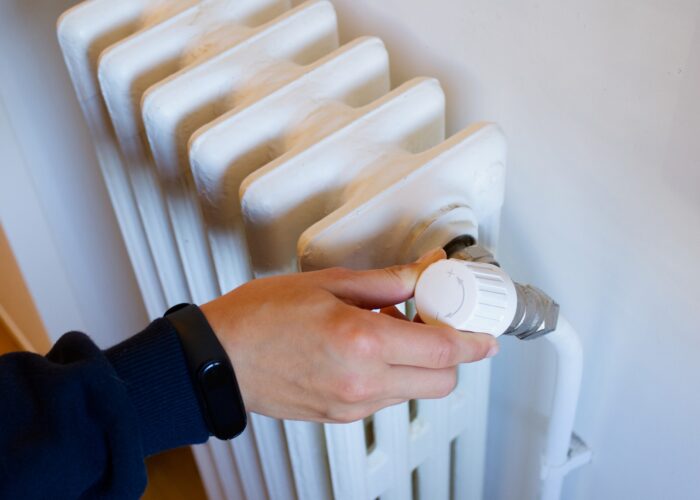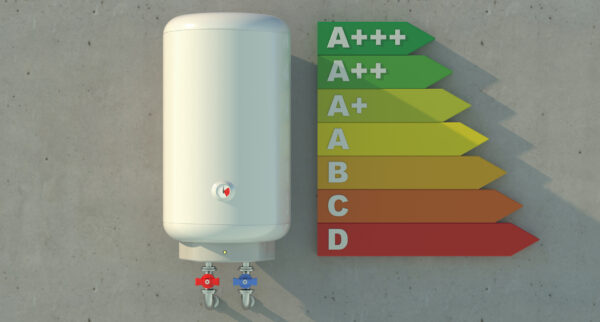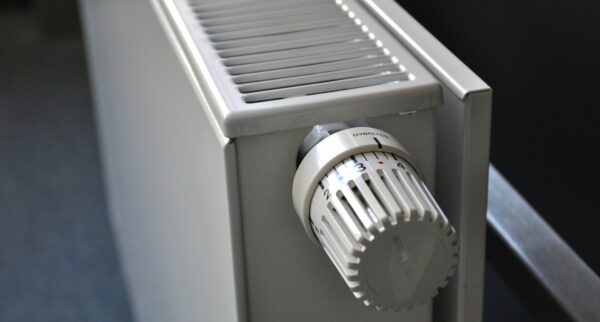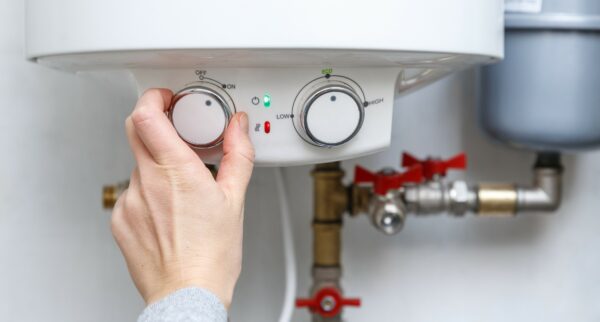Call us today 0207 32 32 999
Once upon a time radiators were simply turned on or off, with no further options available for homeowners to choose from. But modern radiators are far more complex, with specially designed valves giving far greater control over the individual heat of each room.
If you’re unsure how your radiators work and you’d like to find out more about how to set different temperatures within your home, we’re here to help. In this article, we’ll explain exactly how radiator valves work, what you need to do to change the settings of your radiators and what those little symbols on the valves really mean. Read on and all will become clear.
What are radiator valves for?
Radiator valves are designed to control the volume of water that flows into a radiator. In doing so, they allow homeowners to set the temperature of radiators individually, rather than having to keep all rooms heated to exactly the same level.
Manual valves are useful if there are rooms in your home that you don’t use as much, or if there are any rooms that you prefer to keep cooler than other areas. If one of these valves is turned down, the amount of hot water that flows through to that radiator is reduced. So the radiator won’t be as warm, and less energy will be used.
Along with the valve which controls the hot water, there’s usually another valve known as the lockshield valve. This one is intended to allow a heating engineer to balance the system within a property, by controlling how much heat each radiator emits. Both valves work together to give homeowners a good level of control over the temperature of each room in the house.
What do the numbers on radiator valves mean?
If you’ve ever looked closely at a radiator valve, you’ll likely have noticed numbers along with line markings on the valve itself. These numbers, which usually range from one to six, clearly show whether the temperature is being turned up or down.
Valves are usually set at level three, which is the medium temperature for that radiator. If a valve is turned down to the lower numbers, the temperature of the radiator will be cooler. If it’s turned up, then the radiator will get warmer.
The numbers on radiator valves don’t relate to specific degrees of temperature, as it’s impossible to guarantee this through the use of valves alone, but they do give a good indication of whether or not you’re using the radiator to its full power or not.
If one of the radiators in your home isn’t warming up as much as the others, make sure you check the valve first to see whether it can be fixed by something as simple as turning it up.
Types of radiator valve and what they do
There are several different types of radiator valves, which each offer a different level of control over your heating system. The following three are most commonly used options in UK households.
Manual radiator valves
The most common radiator valve that we see today is the manual version. Take a look at the radiators in your property and you’ll likely find that you have these valves on every one.
The manual valve is a great option, because it can be easily adjusted to control how warm the radiator gets. Manual radiator valves can be turned up or down quickly, and the heating will adjust straightaway.
The only downside to these valves is the fact that they are, of course, manual, so they do need to be monitored and adjusted by hand whenever needed. Don’t overlook this job, because valves that are left on all the time can waste energy and increase your bills unnecessarily.
Thermostatic radiator valves
If you’re looking for a better level of control and a slightly more high tech solution, it’s worth considering thermostatic radiator valves.
Thermostatic valves allow you to set a temperature for each radiator. They work by monitoring the temperature of a room and controlling how much hot water travels through to the radiator, to ensure that the room always feels just as warm as you like it. As they continuously adjust the flow of hot water, thermostatic valves are incredibly reliable when it comes to keeping a room at a specific desired temperature, throughout the day and night.
Thermostatic radiator valves are also beneficial in terms of energy usage. Using these valves means that the temperature is always controlled. There’s no risk of wasting energy, so heating bills can be kept in check far more easily.
Smart radiator valves
Technology has really moved on since manual radiator valves were first invented, and the level of control homeowners have over their heating has risen as a result. Smart radiator valves are the latest addition to the different types of valves that you can get – and they’re just as smart as their name suggests.
If you have a smart thermostat, it can be paired with thermostatic radiator valves on each radiator in your home. This creates a heating system that can be controlled entirely through your smartphone or a similar device, using an app that you can access wherever you are.
Your heating app will allow you to monitor the temperature of each individual radiator, setting different desired temperatures for different areas of the property. You can even adjust the settings while you’re on your way home to make sure your house is toasty warm by the time you get in. This is a great option if you don’t have a set schedule, as it allows you to avoid wasting energy heating your home while you’re not there.
—
If you’re unsure whether your radiator valves are working correctly, or you’d like to find out more about upgrading the valves of your radiators, don’t hesitate to get in touch.
We specialise in boiler repairs, replacements and new boiler installations in London. Send us a message or give us a call on 0207 32 32 999 to arrange an appointment with one of our experienced engineers.





